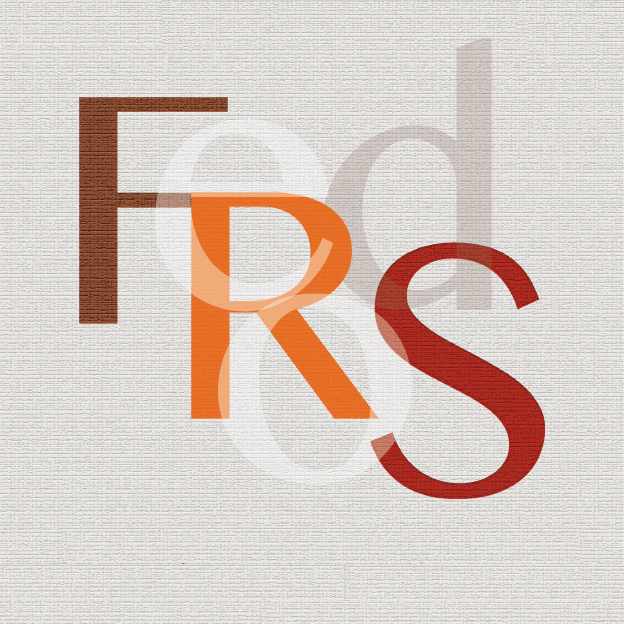Call for Papers – Versus. Quaderni di studi semiotici. «Extended writing»
Versus. Quaderni di studi semiotici.
«Extended writing»
Edited by Pietro Montani and Isabella Pezzini
Recently, a new communication modality has appeared on the web with an impressive discursive circulation. Understandable to all and used by a large (and constantly growing) number of users, it is characterized by the syncretic combination of images, sounds and words to produce texts, generally relatively short, mobilizing a vast and heterogeneous repertoire of semiotic and aesthetic resources. Think, for example, of audiovisual “memes” or dedicated features and apps, such as Instagram Stories or TikTok. It is interesting to note that in terms of expression, the typically multimodal and synaesthetic procedures that characterize the most original work of our imagination are externalized and textualized here.
This creative use of media has so far been mainly studied starting from the textual configurations in which it manifests itself and the opportunity to collect them in a more or less homogeneous corpus, using heterogeneous classification criteria from time to time, hence the extremely high number of theoretical and practical definitions that could be used: intermediality, postmedial, remix, remediation, reassembly, re-enactment, replacement, relocation (Bolter, Bourriaud, Casetti, Eugeni, Fontguberta, Grusin, Steyerl etc.) However, one might ask, at the outset, if the best way to understand and study this syncretic expressive modality does not consist in interpreting it as an actual “extended writing”, as such capable of being learned, internalized, and performed, as well as to evolve in an only partially predictable way although referable to communicative practices that tend to make the same expressive modalities pertinent. If this were the case, we would face a phenomenon that could reserve cultural consequences like those ascribable to linear writing and movable type printing (Havelock, McLuhan, Ong).
The intimately interdisciplinary nature of this latter scenario is evident, and it would be fascinating to compare scholars of different orientations, from semiotics to aesthetics, from media and cinema theory to anthropology (Ingold, Malafouris) up to psychology (Rivoltella, Antinucci, Roncaglia) and neuroscience (Gallese), to name just a few of the disciplinary fields that undoubtedly questioned by this expressive form intimately intertwined with the sociosemiotic nature of its technical support
Romance Federation of Semiotics
Federazione Romanza di Semiotica
Federação Românica de Semiótica
